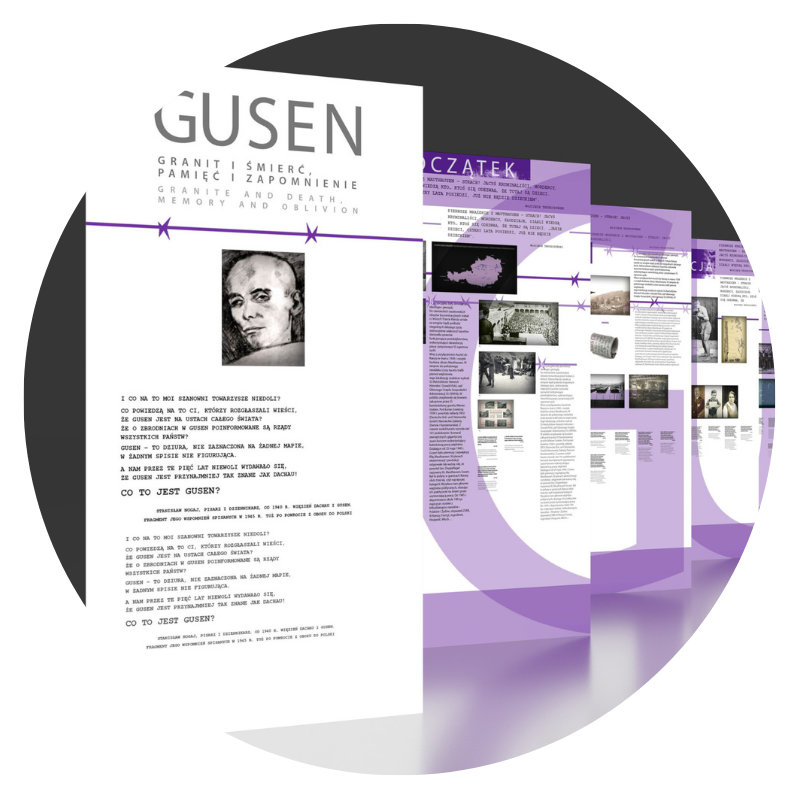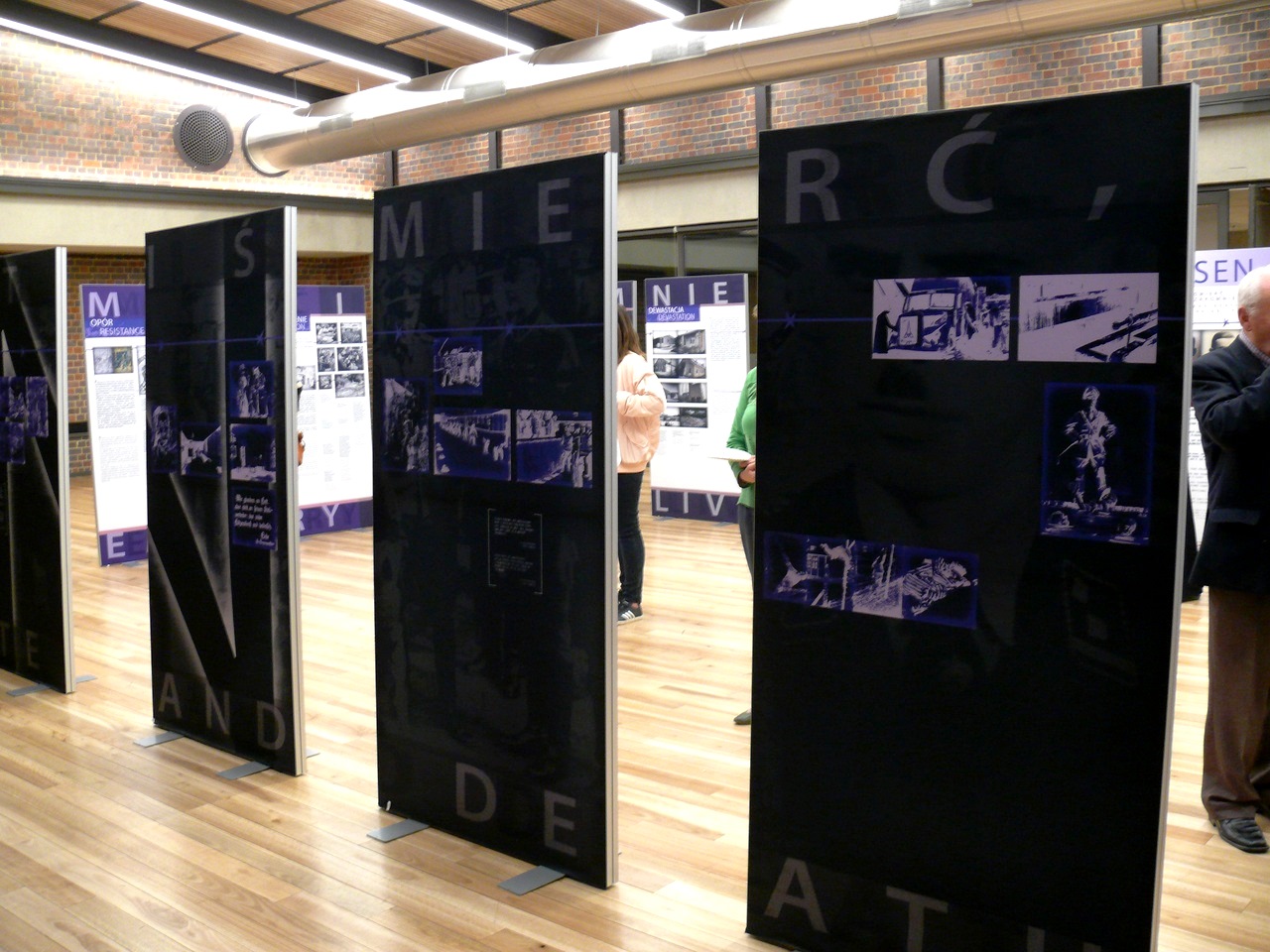The exhibition "Gusen. Granite and Death, Memory and Oblivion ” presented for the second time in Johannesburg, South Africa
24.11.2021
The exhibition "Granite and death, memory and oblivion" devoted to the history of the German Nazi concentration camp Gusen, which was organized in cooperation with the Embassy of the Republic of Poland in Pretoria, was presented for the second time in the temporary exhibition hall of the Johannesburg Holocaust&Genocide Centre. The exhibition was prepared by the Polish History Museum in cooperation with the Polish-German Reconciliation Foundation, financed by the Ministry of Culture and National Heritage.

The aim of the exhibition is to restore the memory of Gusen, the largest German Nazi camp of the KL Mauthausen-Gusen system in the collective consciousness.
Only five months after Austria was incorporated into the Third Reich, in August 1938, the SS established a concentration camp near Mauthausen, which was classified as a third category camp (Stufe III), with the most difficult conditions and the lowest chance of survival. With time, a network of over a hundred sub-camps and external commandos was created around the camp, using slave labour. Operating from May 25, 1940, Gusen was the first and largest sub-camp of Mauthausen, called by the Germans Vernichtungslager für die polnische Intelligenz (extermination camp of the Polish intelligentsia). Mainly political prisoners were sent there and they were practically sentenced to death. 190,000 were transferred to KL Mauthausen-Gusen, men and women of several dozen nationalities. Next to Poles - Jews, citizens of the USSR, the Third Reich, Hungary, France, Yugoslavia, Spain and Italy.
After the war, most of the perpetrators escaped responsibility, and the remains of the Gusen concentration camp began to fall into disrepair. At the end of the 1950s, a housing estate was created on the site of the former camp. Currently, the few surviving buildings and post-camp relics are in private hands.
Former prisoners had to fight with determination to preserve the memory of the camp, its victims, the unimaginable suffering and the crimes of the German and Austrian Nazis. This fight continues until today.
In recent years, thanks to the consistent involvement of former prisoners, the local community and the countries where the victims came from, after decades of covering up the traces of the camp, a real chance has emerged to save the memory of Gusen. An important decision of the Austrian authorities was to enter the few remains of the camp in the register of monuments in 2016. In 2017, the "Mauthausen Memorial" was established in Austria, which is to contribute to the dissemination of knowledge about Nazi crimes in the entire Mauthausen-Gusen complex.
The main goal of the activities undertaken is to commemorate the victims as quickly as possible and to create an Education and Meeting Centre in Gusen, aimed primarily at younger generations.


